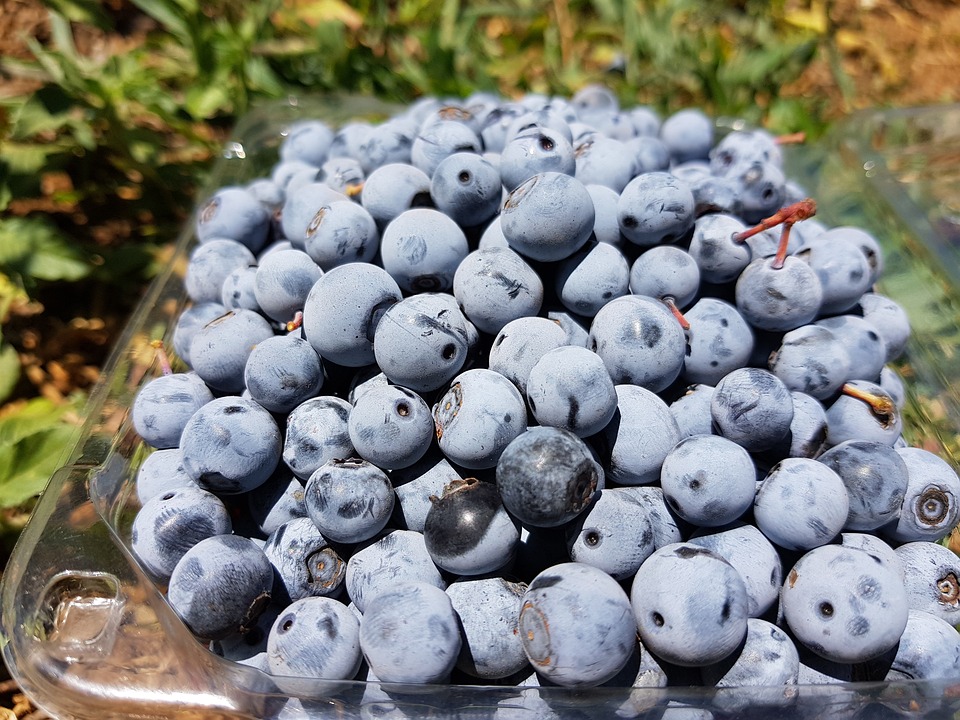
A referendum is under way for U.S. blueberry producers and will continue through Oct. 22. The referendum is being conducted for eligible producers and importers of highbush blueberries to determine whether they favor continuance of the Agricultural Marketing Service’s regulations regarding a national highbush blueberry research and promotion program.
The Georgia Blueberrry Commission, however, has issued a unanimous vote to not support the United States Highbush Blueberry Council marketing order moving forward.
“Each of you will decide individually how you vote but you need to know where your Commodity Commission Board stands on this issue and we do not feel the assessments are being used in the best interest of the American blueberry farmer,” said Jerome Crosby, chairman of the Georgia Blueberry Commission, in a letter to Georgia farmers.
Crosby cited the council’s opposition or neutral stance to the needs of the Georgia producers.
Referendum Requirements
Growers and importers who have produced or imported at least 2,000 pounds of highbush blueberries during the period of Jan. 1 through Dec. 31, 2020 are eligible to vote. They must also currently be producers or importers of highbush blueberries subject to assessment under the Blueberry Promotion, Research and Information Order.
Ballots delivered to AMS via express mail or email must show proof of delivery no later than 11:59 p.m. (EDT) on Oct. 22.
Pursuant to the Commodity Promotion, Research and Information Act of 1996 (7 U.S.C. 7411-7425) (Act), a referendum must be conducted to determine whether continuance of the Order (7 CFR part 1218) is favored by eligible producers and importers of highbush blueberries.
Section 518 of the Act authorizes continuance referenda. Under § 1218.71(b) of the Order, the U.S. Department of Agriculture must conduct a referendum every 5 years to determine whether persons subject to assessment favor continuance of the Order. The last referendum was held in 2016. USDA would continue the Order if continuance is favored by a majority of the producers and importers voting in the referendum, who also represent a majority of the volume of blueberries represented in the referendum.









